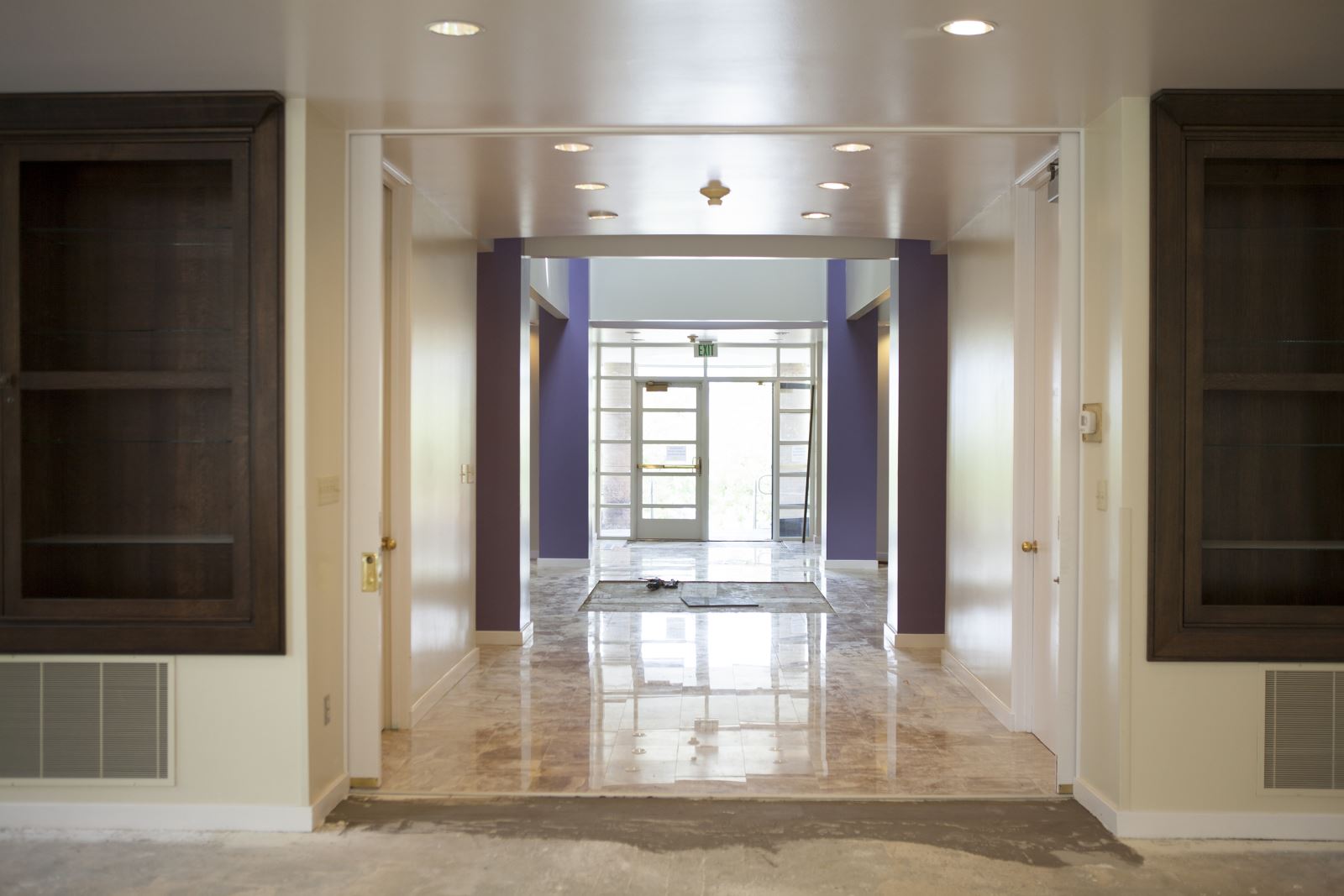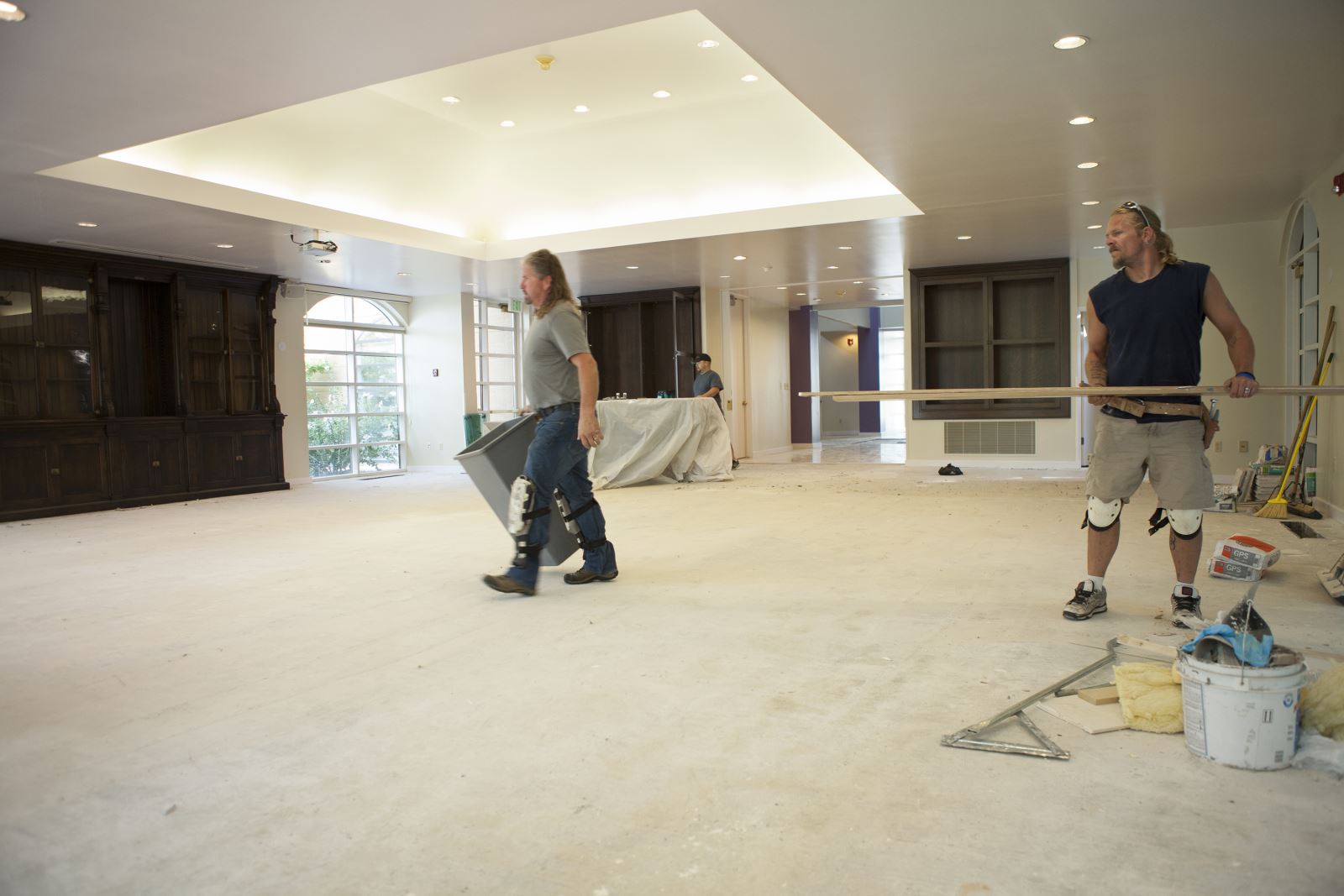WSU Students Design Lindquist Alumni Center
 When the John and Telitha E. Lindquist Weber State University Alumni Center needed a face-lift, the director turned to interior design students to create the plans.
When the John and Telitha E. Lindquist Weber State University Alumni Center needed a face-lift, the director turned to interior design students to create the plans.The project is now in the first phase of a three-year remodel that includes both interior and exterior renovation of the 21-year-old building. The students’ plans will eventually turn into a welcoming space they can return to and enjoy with all WSU alumni.
“We thought this would be a great way to involve current students with the Weber State alumni community,” said Nancy Collinwood, executive director of Alumni Relations. “Also, the interior design faculty and students are our very own on-campus experts. Their experience and enthusiasm is incredible.”
The students elected senior Arrakis Rasmussen to be the lead designer on the project to synthesize the different teams’ ideas.
“I had to mesh what the individual team members, the client and I all envisioned for the design, and sometimes that didn’t all meet up,” Rasmussen said. “This project opened my eyes to what working in the field with clients will be like. There was a lot of give and take in the process that you don’t get when you work on most school projects.”
One of the challenges the students faced was creating a space that was flexible enough for the variety of events hosted at the center, yet still reflected the WSU spirit. They also incorporated ideas into their proposals that would enhance the architecture in the building, control the natural lighting and include antique furniture in an updated design.
 “When you think about alumni, you think about history and elegance,” Collinwood said. “We wanted to update our look but preserve the beauty of this building because it is a showcase for the university.”
“When you think about alumni, you think about history and elegance,” Collinwood said. “We wanted to update our look but preserve the beauty of this building because it is a showcase for the university.”The WSU interior design students and faculty frequently consult on- and off-campus centers and businesses for their practicum and commercial design classes. In previous classes, students worked with the university to design a lounge in the McKay Education Building, the WSU Career Services center and the locker rooms at the Stewart Stadium.
“When people think about designers, there is a misconception that they just design homes, but they’re not just pillow fluffers and paint chip pickers,” said Jacie Johnson, an interior design instructor. “Interior designers have artistic skills, but they need to understand building codes and components, as well as the psychology of meetings and the needs of the people in the space. Successful designers require broad expertise.”
“Students worked on this project just as they would in the real world,” Johnson said. “It was a great hands-on experience to help them build their portfolios.”
Originally written by Cozette Jenkins, University Communications at Weber State University
